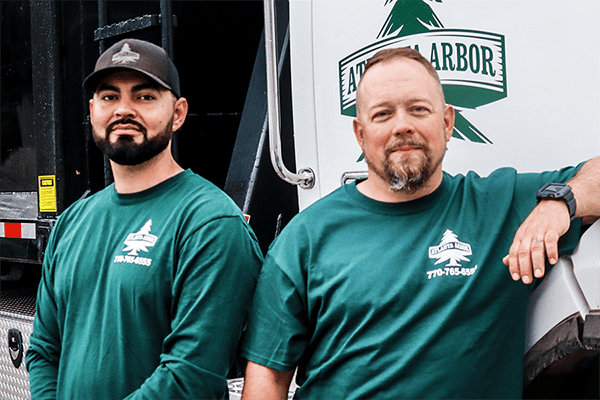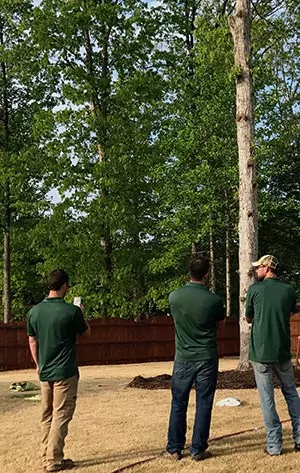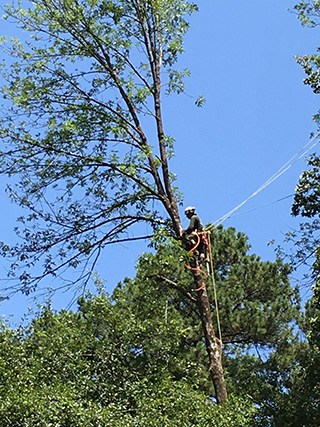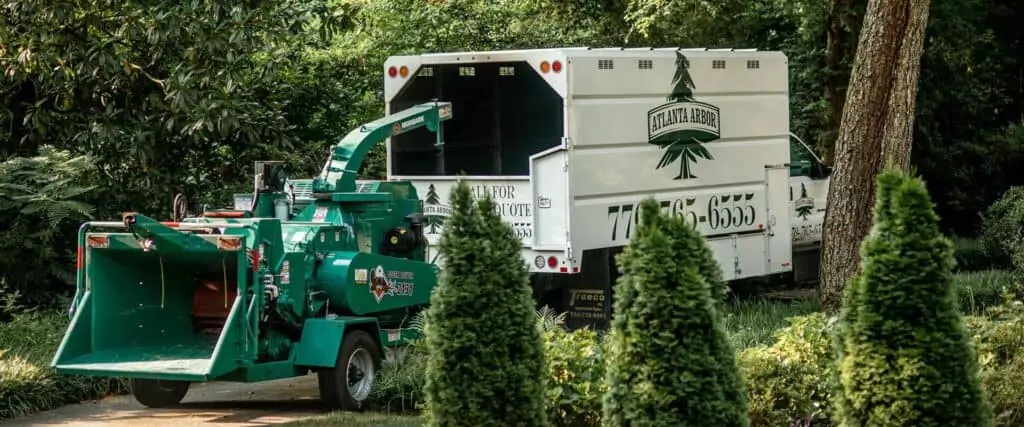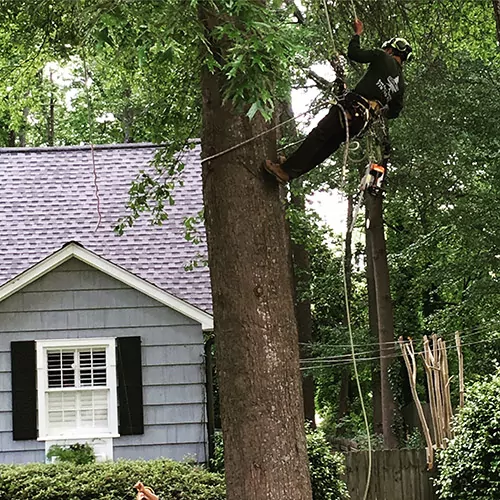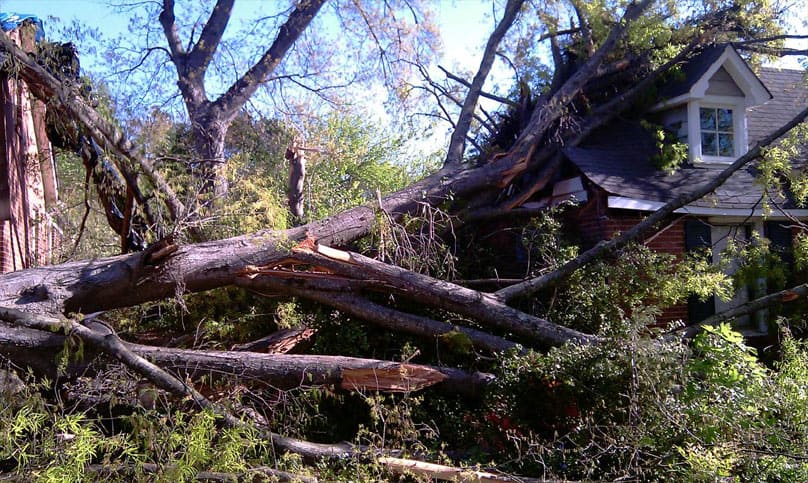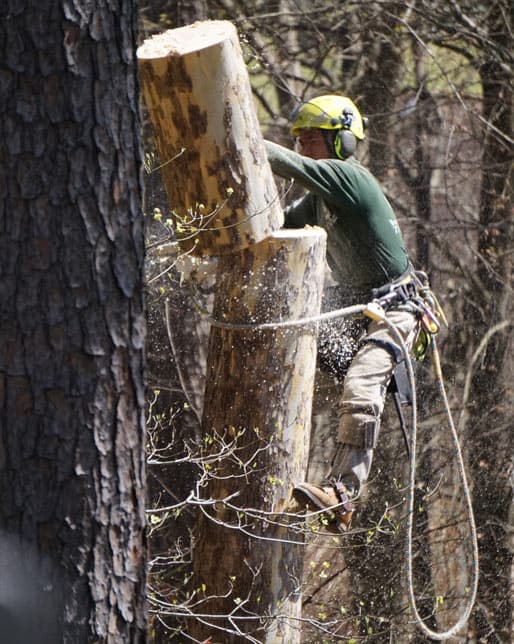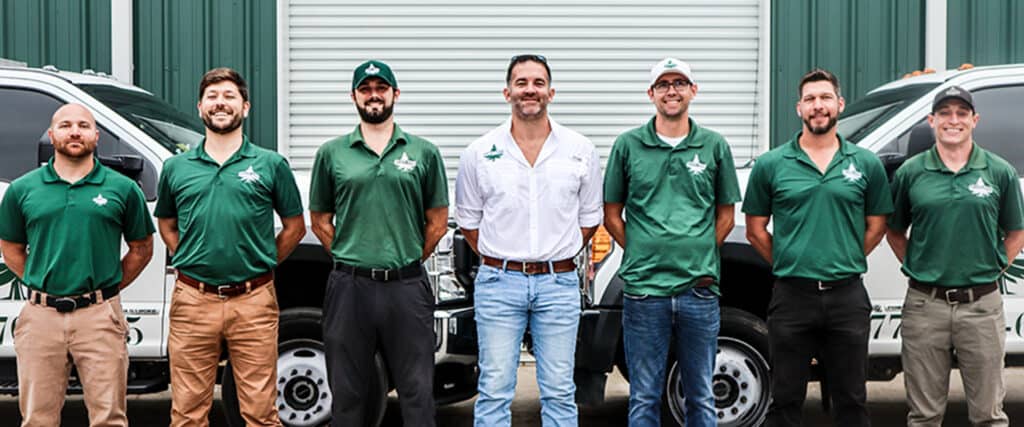Frequently asked questions and our answers
Is Atlanta Arbor Tree Care Specialist Licensed Insured And Have Current Work Comp?
This is probably one of, if not the most important questions to ask. This is something that you should know before you even waste your time getting an estimate. Atlanta Arbor is licensed and has worker’s compensation on every person that steps onto your property, from the arborist representative to the climber. Everyone at Atlanta Arbor and our subcontractors are covered for up to $500,000 per incident, and our general liability covers the property for up to $2,000,000 per incident. Of course, a tree company can be licensed and operate without having insurance – surprisingly, it is not required by law. Believe it or not, there are tree removal companies out there with no insurance or work comp, and people don’t even think to make them provide it. This is a profession that consistently ranks among the top three most dangerous occupations globally. It’s noteworthy that companies and individuals operate without insurance coverage regularly. It’s crucial to routinely verify the existence of general liability and workers’ compensation insurance for whatever company you choose. This is especially true if your project involves heightened risks, such as a situation where a tree directly threatens your home or personal property; it’s advisable to request a copy of an insurance certificate directly from the insurance company, ensuring that you are listed as the certificate holder.
Do We Provide Free Tree Care Estimates?
Yes, Atlanta Arbor will provide you with a free, no-obligation estimate for any tree work that you are considering to have done. Our courteous and professional Certified Arborist or Arborist Representative will arrive at the designated time and discuss all of your tree care needs with you. He will also do a full four-corner inspection of your property to make sure that he has fully assessed the health of all of the trees on your property. After going over the project with you, he will send you a detailed quote via email while onsite that shows you the scope of services, the equipment that will be used, and a copy of our insurance for your review.
How Do You Get The Tree Down?
There are several methods that Atlanta Arbor uses to remove a tree. The most commonly used and practiced method in the industry is climbing the tree then using a roping and rigging system to bring the tree down in small pieces. Once on the ground, it will either be hand carried or removed by bobcat or dingo off of the property. A second way would be with a bucket truck. This allows us to pull up to the tree, when we are able to, and with a man in the bucket he is lifted up into the tree where he proceeds to cut the tree piece-by-piece down to the ground without having to climb. The third method is by crane. Now, the crane is normally only brought in for extremely hazardous or difficult trees that we feel warrant its use. Crane jobs are not the most common practiced, but they do provide for an extremely safe and efficient way to remove very large or very dead trees from your yard.
How Can I Tell If My Tree Is Healthy When It Has No Leaves On It?
Our Certified Arborists and Arborist Representatives are all trained to help you make the determination of a tree’s general health. But, for you the homeowner, some things that you can do are: Take a look at the silhouette of the tree. You should see buds throughout the exposed canopy of the tree. Buds are going to be out at the tips of the limbs. If you do not see viable buds at the tips of the twigs, there may be a problem with your tree. You can also look at the terminal extension on the twigs. You will generally see 6″ to 8″ of terminal growth, this is a good indicator of a healthy growing tree.
Is It Easier To Remove A Tree When It Has Leaves Or In The Winter When There Are No Leaves?
This is a pretty common question, and honestly it doesn’t make a difference either way. It is better for your tree to prune in the dormant season so it isn’t wounded or shocked as much. It is also easier to see the dead wood in the winter months when pruning. But for full removals, any time of the year is good; although, you might want to have the dead trees taken down before the rain and hurricane seasons hits because if you have a dangerous tree, you don’t want to leave it exposed to extreme weather conditions.
Do We Need Permits To Cut Trees Down?
Some municipalities around the metro Atlanta area require permits depending on the size, location and number of trees being removed. If your tree is DDH (Dead, Dying, or Hazardous) there will be no problem getting the approval, no matter where you live. Atlanta Arbor will assist you in full permitting process, from the initial filing to submitting requests and arborist reports for appeals. Each municipality has different specifications and the guidelines and requirements can also change from year to year, so it is best to check with your local city or county arborist division before removing trees from your property.
What Equipment Will Be Used During The Removal Of My Tree?
The answer to that question depends on the size, location, and condition of the tree(s) in question. it is truly a case by case situation on tree removal. We may have to use a crane, bobcat, dingo, log dolly, bucket truck, etc. But there is really no way of telling until the tree in question has been evaluated.
